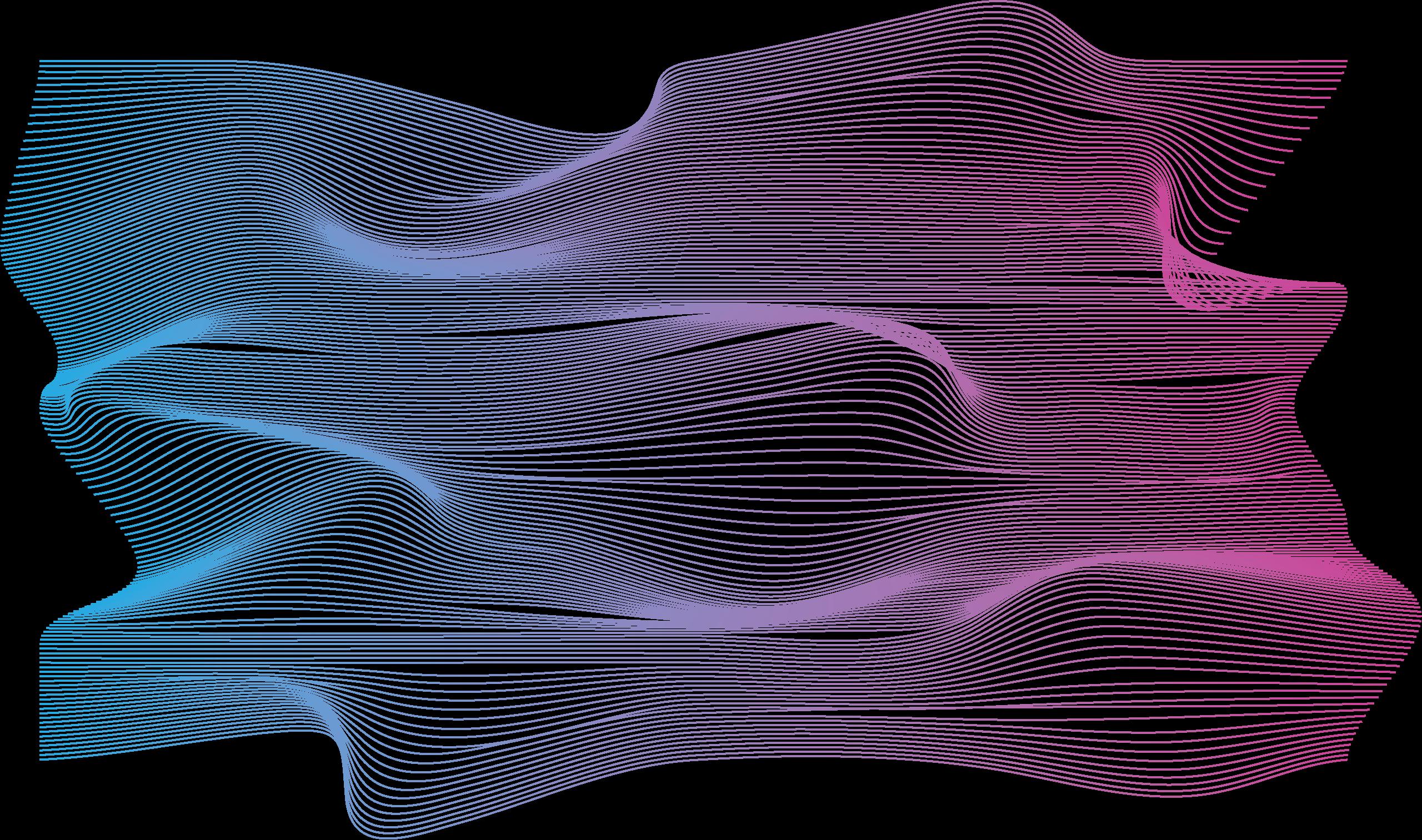Alzheimer’s Disease and the Neurobiology of Long-Term Memory Formation BY VARUN UPADHYAY THE PHENOMENON OF MEMORY
T
hink back on a happy memory. While you may not be able to recall the details vividly, you will probably be able to remember what made you happy, as well as a general recollection of the event’s context. Now try to think back to what you ate for lunch two weeks ago—odds are you will not remember. The concept of longterm memory formation is an incredible phenomena. It is the biological process of storing and retrieving information that, although seemingly trivial and second-nature, functions as the foundation for shaping one’s identity and informing one’s decision-making. However, the mechanisms and neurobiology behind this remarkable ability remain far from understood. How is it possible for the assembly of atoms and molecules that comprises the human brain to have the capacity to “remember?” Novel research in this branch of neuroscience may provide a glimpse into exactly how a collection of neurons across the brain’s neural network work in tandem to make this process possible.
be definitively proven. However, an abundance of cutting-edge research supports the current dominating theory on longterm memory formation, which revolves around a revolutionary concept termed “synaptic plasticity.” Synaptic plasticity refers to the ability for neurons to strengthen or weaken their connections with one another in response to an increase or decrease in their activity. Essentially, if neuron 1 consistently succeeds in activating neuron 2, the connection between the two becomes stronger. Likewise, if neuron 1 fails in activating
neuron 2, the connection becomes weaker. As these connections are developed, memories become encoded within the brain’s neural network. These lasting increases or decreases in synaptic strength are called “long-term potentiation” (LTP) and “longterm depression” (LTD) respectively and are influenced by a variety of neurobiological factors.1 One such factor recently discovered to play an important role in long-term memory formation is the neuronal PAS domain protein 4 (Npas4). Within the hippocampal region of the brain—the region
HOW DO MEMORIES FORM? While scientific research on long-term memory formation has been underway for decades, the underlying mechanisms by which this process occurs have yet to
54
Figure 1: An overview of a neural cell with brief descriptions of important regions. At the cell’s dendrites, messages are received from other neurons, and at the terminal branches, the nerve impulses are transmitted to another cell.
Berkeley Scientific Journal | SPRING 2022
FEATURES


















